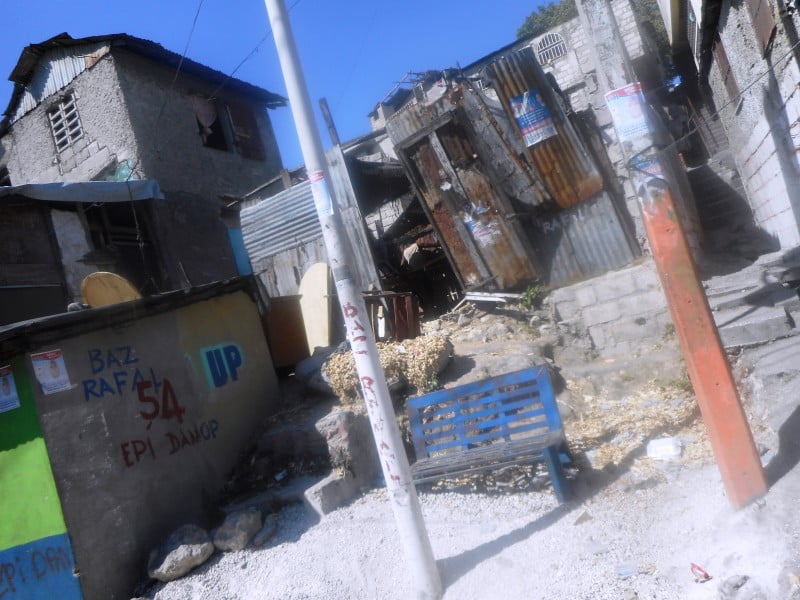Overview: Haiti’s Restavèk Phenomenon
By: Megan Ward
Following the 2010 earthquake, thousands of individuals in Haiti were displaced from their homes and families. According to anecdotal evidence many of these individuals were children who would have nowhere to turn but to fall into the Haitian restavèk population. The restavèk phenomenon is composed of unpaid children that are domestic servants to host families, street children, or working away from home. 8% of all children living in Haiti are within this group representing 173,000 child workers.
Along with displacement due to the occurrences of natural disasters, children are also highly recruited into becoming restavèk’s by recruiters looking to find domestic servants for families. Once recruited these children will often work in markets to sell goods on behalf of their host family, only to give all of what they make back to the families in which they work for.
Many street children are former domestic servants who were dismissed by the families in which they worked for, or that they ran away from. However, these children have not yet escaped the restavèk life, instead are shifting into a different dimension of it that include their exploitation in begging rings, and prostitution. Living on the street also exposes these children to dangerous hazards such as car accidents, severe weather, and gangsters. Street children have also been victims of sexual abuse by peace makers and aid workers in exchange for money or goods.
Gathering information regarding the restavèk system in Haiti is very difficult. The United Nations (2012) reported that quantitative data is extremely limited in regards to child labor, making it difficult to provide resolution. Further research is needed to understand the full scope of the restavèk system and the needs to solve the escalating issue of restavèk including but not limited to; the role of institutions in urban poverty in Haiti, in depth analysis including ethnographic methods of the restavèk system, and increased understanding for both governmental and nongovernmental officials on accurate restavèk information and problems.
